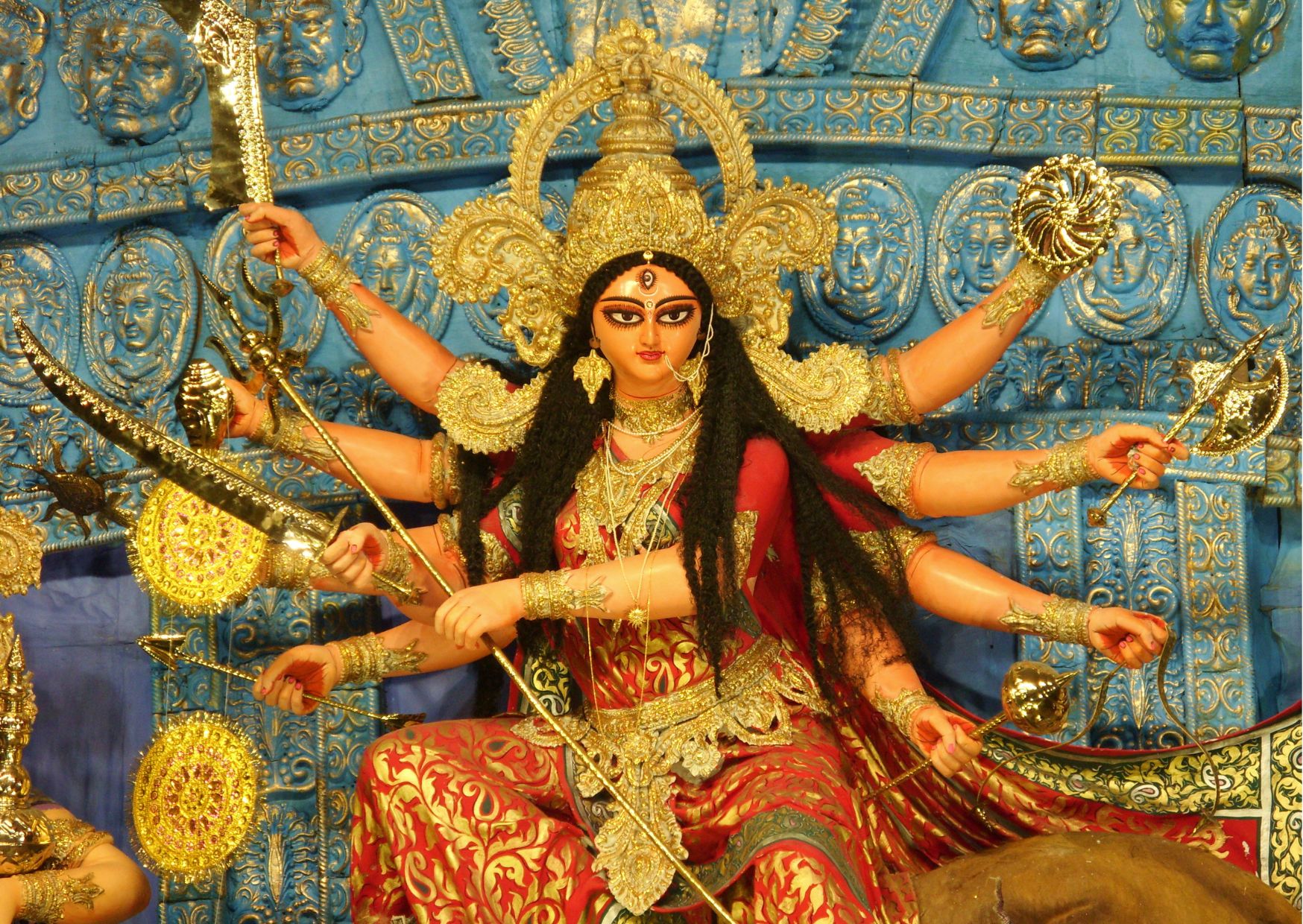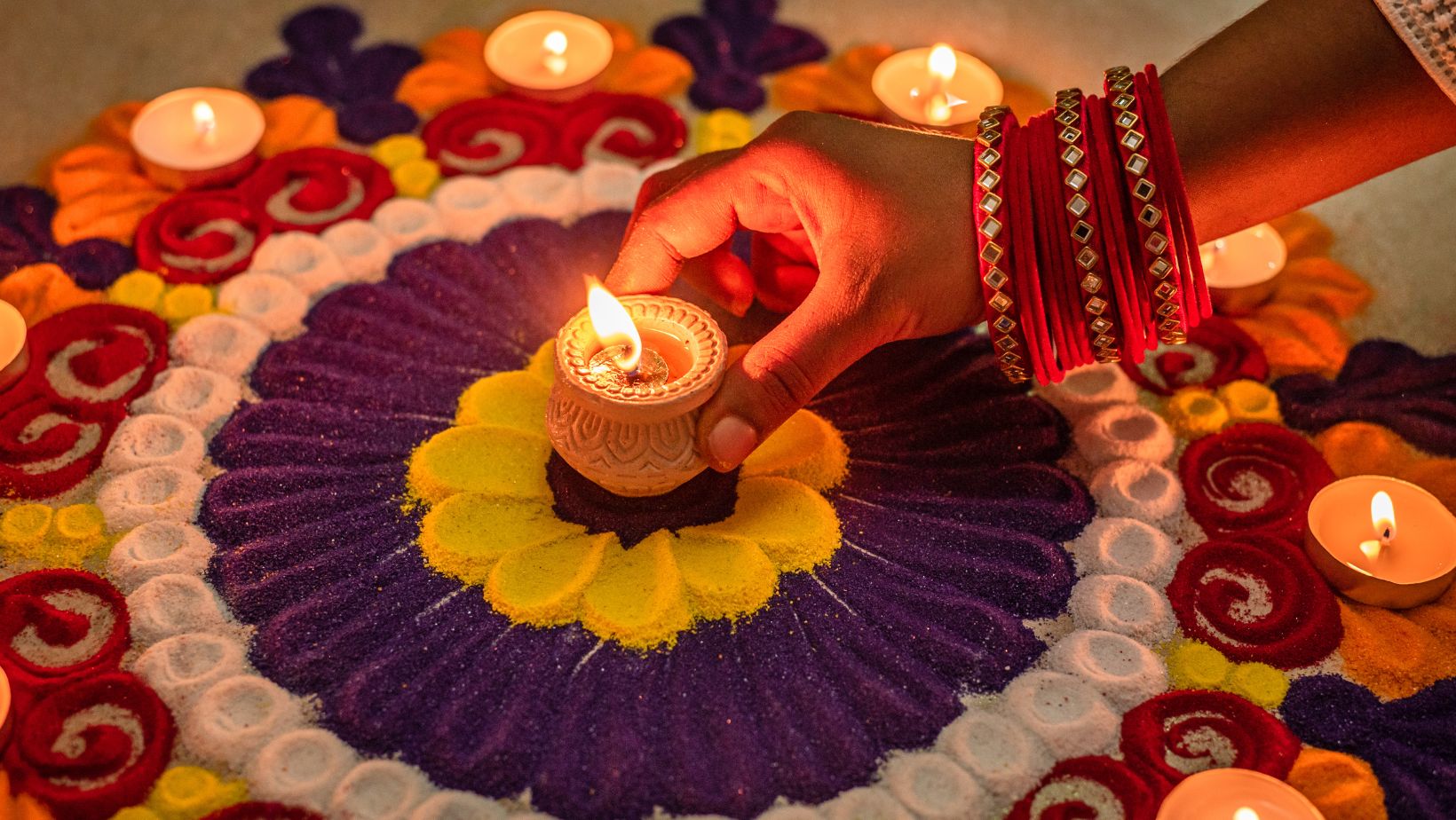Srinivasa Iyengar Ramanujan- the unparalleled mathematical genius
“An equation has no meaning unless it expresses a thought of God.” - Ramanujan
How many of us find maths either boring or extremely tough - simply because basic concepts were not explained to us properly?
In 1887 a boy was born in Erode, Tamil Nadu (India) who was such a prodigy that he never needed any teacher to teach him mathematics. On the contrary... he was way ahead of his time. He wass none other than the great Indian mathematician Srinivasa Iyengar Ramanujan or simply ‘Ramanujan.’

At the tender age of 12, despite lacking a formal education, he excelled at trigonometry and developed many theorems for himself. Though he did not excel in other subjects, at the age of 14 he ran away and enrolled at Pachaiyappa’s College in Madras.
He garnered awards and accolades for his immense contribution towards the growth of maths. The budding mathematician was soon noticed in Chennai’s mathematics circles and in 1912, Ramaswamy Iyer, Founder of the Indian Mathematics Society, took him under his wings and gave him the job of a clerk at Madras Port Trust. Little did one know then, that the boy would be making enormous headway in areas like mathematical analysis, infinite series, number theory, and continued fractions, including solutions to mathematical problems, thought to be unsolvable.
He began sending his theorems to British Mathematicians and received a breakthrough in 1913 when Prof GH Hardy invited him to the University of Cambridge, England to pursue his research work.

A devout Hindu Brahmin, Ramanujan was an ardent devotee of his family deity, Goddess Nammagiri Amman (mother Goddess). He often attributed his original ideas to the Goddess he prayed to so devotedly. In his own words, he says, “An equation has no meaning unless it expresses a thought of God.”
During his short stint at the University of Cambridge, he independently compiled 3900 identities and equations. Many of them were original and highly unconventional and unique such as the Ramanujan Prime, Ramanujan Theta Function, partition formulae and much more.
Professor Hardy and Ramanujan struck a friendly cord and worked on many ground-breaking theories which gave highly advanced results. Ramanujan was elected to the London Mathematical Society as its member and also as the Fellow of the Royal Society in 1918 – the youngest member.

The Ramanujan - Hardy Number 1729
Ramanujan was ill and was admitted to a hospital in Putney in England. Prof Hardy travelled by a cab with the number plate 1729 on it. GH Hardy remarked to Ramanujan that the cab number was a rather dull one and Ramanujan immediately replied, “It is a very interesting number. It is the smallest number expressible as the sum of two cubes in two different ways.” Such was his brilliance.
The mathematical genius passed away at the young age of thirty-two years in 1920. Every year his birthday, December 22nd is celebrated as National Mathematics Day.

.jpg)

